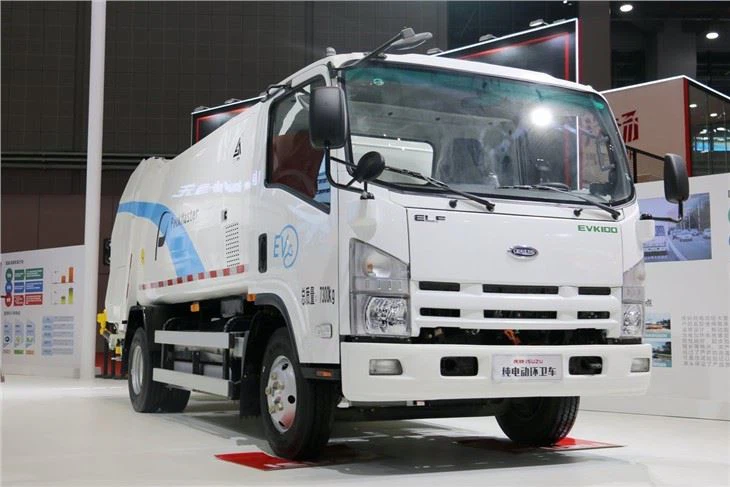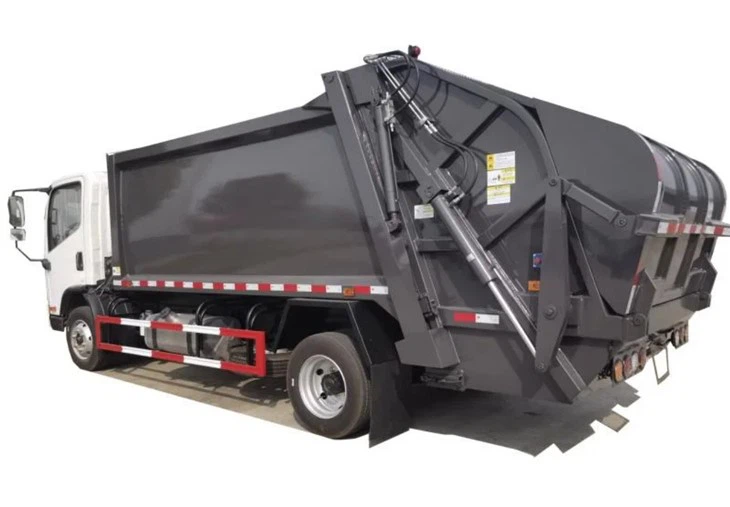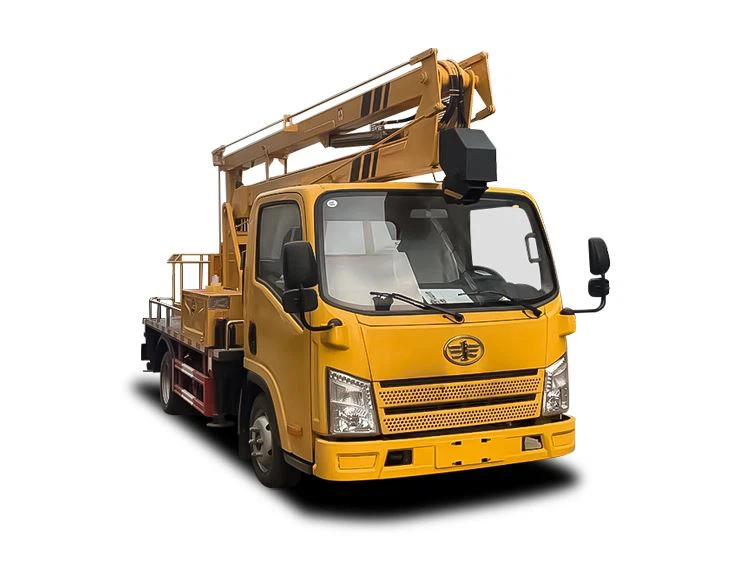Discover the Best Roll Off for Sale: A Comprehensive Guide

When managing waste disposal, having the right equipment can make all the difference. Roll-off containers are essential for construction projects, home renovations, and even large cleanouts. This article will provide an in-depth look at roll-off containers for sale, including types, sizes, costs, and tips for choosing the right one.
What is a Roll-Off Container?
A roll-off container is a large, open-top dumpster that is delivered to a site and then rolled off a truck. They are ideal for disposing of large amounts of waste and debris and are commonly used in construction, demolition, and clean-up projects.
Types of Roll-Off Containers
1. Standard Roll-Off Containers
Standard roll-off containers come in various sizes and are perfect for general waste disposal. They typically have a capacity ranging from 10 to 40 cubic yards.
2. Heavy-Duty Roll-Off Containers
These containers are designed for heavy materials such as concrete, bricks, and metals. They have reinforced sides and additional support to handle the extra weight.
3. Compactor Roll-Off Containers
Compactor roll-off containers are equipped with a compaction system that compresses waste, allowing for more efficient disposal and maximizing space.
4. Specialty Roll-Off Containers
Some roll-off containers are designed for specific types of waste, such as hazardous materials or electronics. Knowing the type of waste you are dealing with is essential when selecting a container.
Common Sizes of Roll-Off Containers
| Size (Cubic Yards) | Dimensions (L x W x H) | Typical Uses |
|---|---|---|
| 10 | 12′ x 8′ x 3.5′ | Small cleanouts, backyard projects |
| 20 | 22′ x 8′ x 4′ | Medium renovations, garage cleanouts |
| 30 | 22′ x 8′ x 6′ | Large renovations, construction sites |
| 40 | 22′ x 8′ x 8′ | Large-scale construction, industrial projects |
Factors to Consider When Buying a Roll-Off Container
1. Purpose
Determine the main reason you need a roll-off container. This will influence the size and type of container you should purchase.
2. Size and Capacity
Choose a size based on the volume of waste you anticipate. It’s better to estimate high to avoid overflow issues.
3. Weight Restrictions
Different containers have different weight limits. Ensure the container you choose can handle the waste you plan to dispose of.
4. Local Regulations
Check local regulations regarding roll-off containers, as there may be specific guidelines about size, usage, and placement.
5. Delivery and Pickup Options
Consider how the delivery and pickup process works for the containers. Efficient service can save you time and hassle.
6. Rental vs. Purchase

Evaluate whether it is more cost-effective to rent a container for a short-term project or to purchase one for long-term use.
Where to Find Roll-Off Containers for Sale
1. Local Waste Management Companies
Many waste management companies sell or rent roll-off containers. They often offer competitive pricing and local delivery options.
2. Online Marketplaces
Websites like Craigslist, Facebook Marketplace, and eBay often have listings for new and used roll-off containers for sale.
3. Equipment Dealers
Many equipment rental companies also sell roll-off containers. Visit local dealers to explore options.
4. Manufacturer Websites
Check out the websites of roll-off container manufacturers for direct purchasing options or authorized retailers.
Cost Considerations for Roll-Off Containers
1. Purchase Price

The purchase price for a new roll-off container can range from $3,000 to $8,000, depending on size and features.
2. Rental Costs
If you decide to rent, rental prices typically range from $300 to $600 per week, with extra charges for weight overage.

3. Maintenance and Repairs
If you purchase a container, budget for potential maintenance and repairs to keep it in good condition.
Tips for Efficient Use of Roll-Off Containers
1. Sort Your Waste
Sorting waste into recyclables and non-recyclables can save space and reduce disposal costs.
2. Don’t Overfill
Adhere to weight limits and avoid overfilling the container, as this can lead to additional fees or safety issues during transport.
3. Schedule Regular Pickups
For ongoing projects, schedule regular pickups to avoid overflowing containers and maintain a clean worksite.
4. Cover Your Waste
If the container will be left outside, consider using a tarp to cover it, protecting waste from weather elements and keeping your area tidy.
Case Studies: Successful Roll-Off Container Use
1. Residential Renovation
A homeowner undergoing a major renovation found a 20 cubic yard roll-off container perfect for collecting debris and renovation materials, saving time by consolidating waste in one location.
2. Construction Site Management
A construction company used multiple 30 cubic yard roll-off containers throughout a project, strategically placing them around the site to ensure quick access and efficient waste disposal.
Frequently Asked Questions (FAQs)
1. What size roll-off container do I need?
The size depends on the volume of waste you expect. A general guide is: 10 yards for small cleanouts, 20 yards for medium renovations, and 30-40 yards for large projects.
2. How much does it cost to rent a roll-off container?
Rental prices usually range from $300 to $600 for a week, depending on size and location.
3. Can I put hazardous materials in a roll-off container?
No, hazardous materials must be disposed of through specialized facilities. Always check local regulations for proper disposal guidelines.
4. How long can I keep a rented roll-off container?
Rental durations vary, but most companies offer week-to-week agreements. Discuss long-term rentals with your service provider.
5. How is a roll-off container delivered?
Roll-off containers are typically delivered using a flatbed truck equipped to load and unload the container safely at your location.
6. Do I need a permit for a roll-off container?
Depending on your local regulations, you may need a permit. Check with your local city or county office for details.
